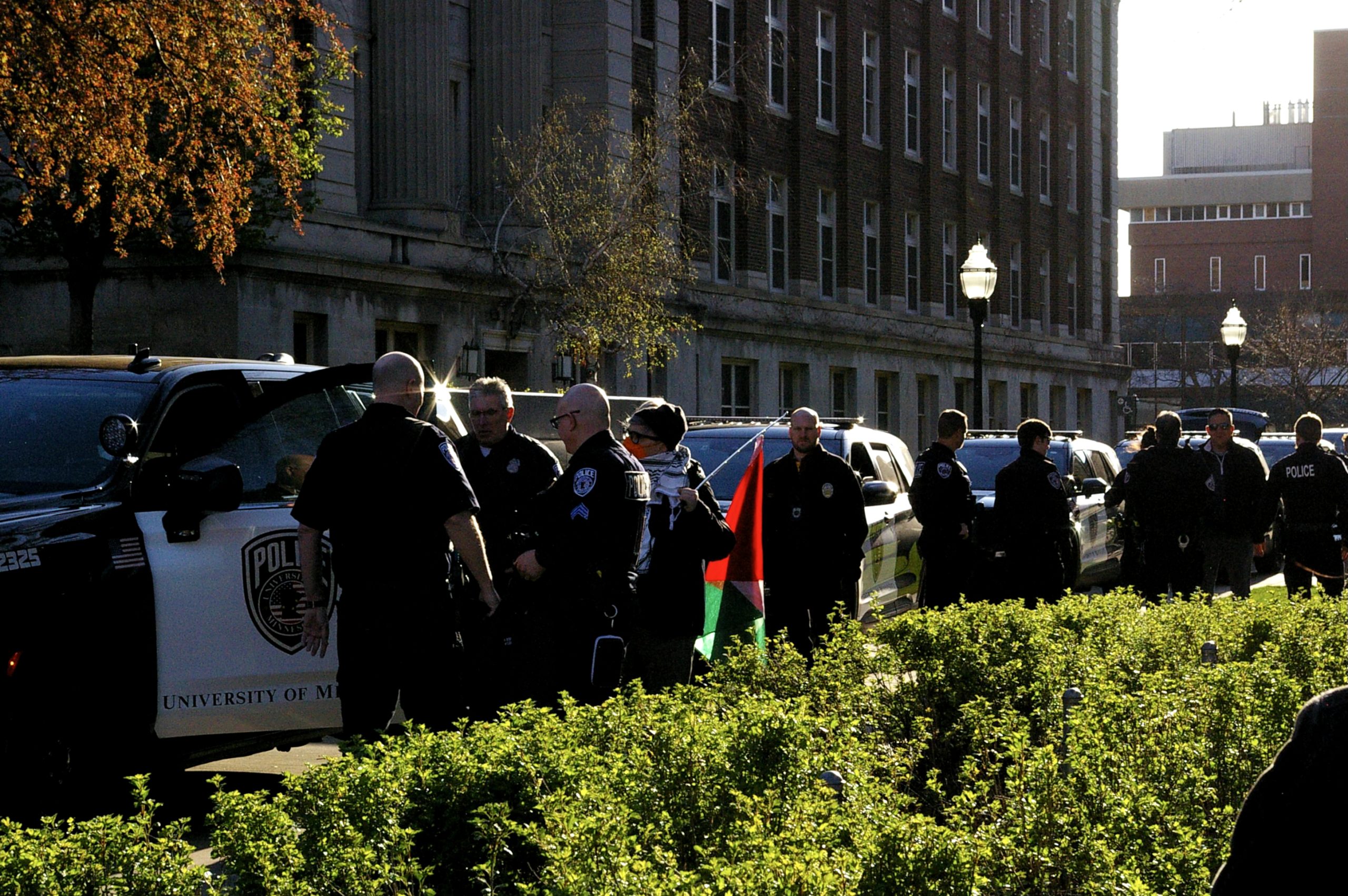ThereâÄôs no denying it: WeâÄôre in the depths of another Minnesota winter. Along with the cold and snow, some of us living off-campus see our gas utility bills increase as much as 500 percent as we try to keep our living spaces comfortable. For most people living on-campus, heat is provided via steam pumped from the Southeast Steam Plant through miles of tunnels before finally being distributed in classrooms and residence halls. For some, however, it gets too hot to handle. Candice Todryk, a current resident of Pioneer Hall, keeps the windows in her room open around the clock to prevent her room from getting too warm. âÄúWe found the control knob, but nothing really happens when you turn it.âÄù Clark Thomas, facilities operations supervisor at Pioneer Hall, commented that although some parts of the building can get warm, he receives most calls when a residentâÄôs room loses heat entirely. He cited a number of possible causes, including air traps that block airflow to a room, malfunctioning control units and residents who simply forget to turn the knob. Very few residents file work requests for rooms that get too hot, and instead they self-regulate by opening windows âÄî a substantial waste of heat. The Office of University Relations could not be reached for comment on improving both classroom and residence hall environments. While Facilities Management faces problems with the steam system each year, the current systems appear to remain serviceable. Despite this, a university striving to cut energy costs by promoting individual conservation has failed to provide sufficient opportunities for many students in dorms.









